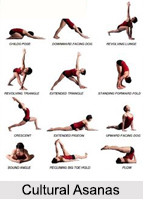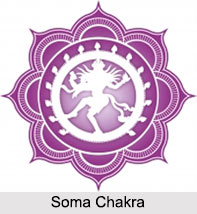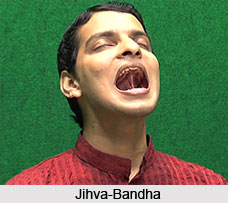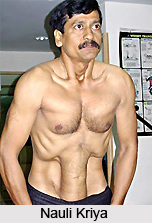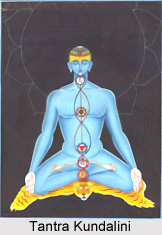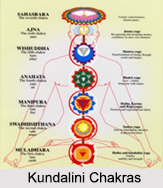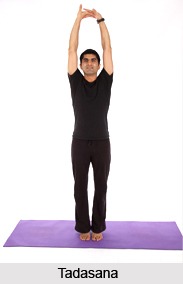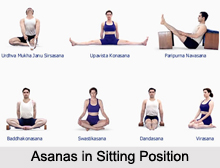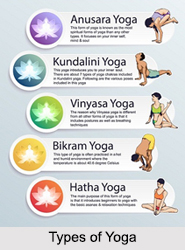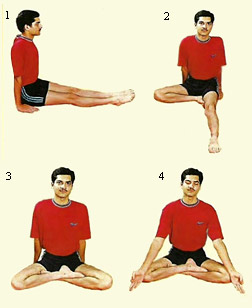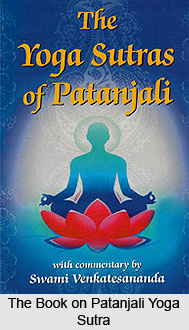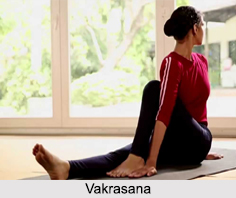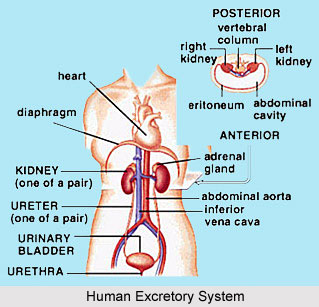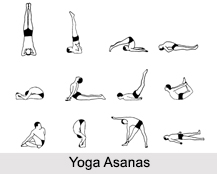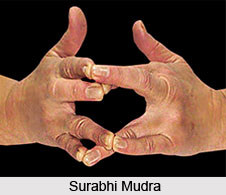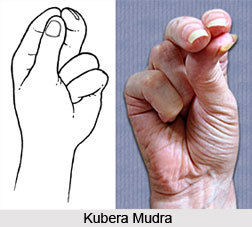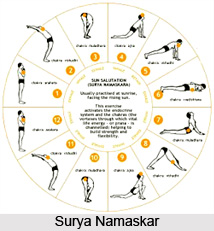 The thirteenth yogic sutra defines about the elementary three stages of refined consciousness - dharma, laksana and avastha. The major stages of transformation bring about a massive change in the sadhaka in every way. However, purusa and prakriti are eternal, they change or stay in polarities. Nature, with its five concepts, the senses of perception and the organs that sense it, are all components of nature. They constantly stack experiences, that keep changing, thus confining consciousness. However, by experience and effort, one accomplishes the elevated stages of consciousness. The four tendencies start from effect of the mind wandering away, moving on to the realisation of self-discipline, that gives rise to an uneven flow of calmness and culminating in the exertion to prolong this state of poise.
The thirteenth yogic sutra defines about the elementary three stages of refined consciousness - dharma, laksana and avastha. The major stages of transformation bring about a massive change in the sadhaka in every way. However, purusa and prakriti are eternal, they change or stay in polarities. Nature, with its five concepts, the senses of perception and the organs that sense it, are all components of nature. They constantly stack experiences, that keep changing, thus confining consciousness. However, by experience and effort, one accomplishes the elevated stages of consciousness. The four tendencies start from effect of the mind wandering away, moving on to the realisation of self-discipline, that gives rise to an uneven flow of calmness and culminating in the exertion to prolong this state of poise.
etena by this
bhutendriyesu the elements, body and sense organs
dharma propriety, law, duty, right, virtue, religion
laksana character, mark, sign, quality, description
avastha condition, state, position
parinamah change, effect, transformation
vyakhyatah visible, described, unfolded, enumerated
Through these three phases, cultured consciousness is transformed from its potential state (dharma) towards further refinement (laksana) and the pinnacle of refinement (avastha). In this way, the transformation of elements, senses and mind takes place.
The three stages of transformation elucidated in III.9-12 affect the entire being - organs, senses, body and mind, and bring about a stable, sound state of consciousness.
Both purusa and prakrti are eternal. Purusa remains perpetually changeless. Prakrti goes on ceaselessly changing, due to the interaction between its own gunas of sattva, rajas and tamas.
Earth, water, fire, air and ether; their counterparts smell, taste, sight, touch and sound; the senses of perception and organs of action; mind, intelligence, consciousness and ego are all parts of nature. Ego, consciousness and intelligence are sensitive and elusive. They pile up experiences of objects perceived through the senses of perception, organs of action and mind. These experiences differ according to their relation to circumstances. In this way, consciousness is throttled by the qualities of nature. It is also linked with time, because it fluctuates with thoughts of past, present and future.
By disciplined study and effort, experiences are observed to move qualitatively towards the best.
Through study one realises that consciousness has four dispositions or attributes. The first, when avidya is predominant, is its wandering nature - vyutthana samskara. The dawning power of discrimination leads to the second tendency - restraint, nirodha samskara, dharma pannama. The effect of restraint is the flow of tranquillity (prasanta vahita samskara), experienced between vyutthana and nirodha samskaras. This gives rise to the third tendency - laksana parinama. The effort to lengthen this silent intermission brings the sadhaka to the pinnacle of emancipation (avastha pannama) - the fourth or final attribute of consciousness.
When consciousness loses all these tendencies and becomes contemplative, it rests in the seer. This affects the behavioural patterns in the body, senses and mind, which also remain peaceful. Consciousness becomes pensive. This wholly peaceful state is ekagrata parinama. By thoughtful action, consciousness traces the source of its attributes, moves towards it, and is dissolves in that. At that moment, body, senses and mind are devoid of evolution and dissolution, of birth and death. This is viveka khyati (11.26). The sadhaka transforms himself to an exhilarated state (dharma parinama), develops awareness of perfection (laksana parinama) and maintains himself, without losing the acquired perfection (avastha parinama).
The two analogies that trail will help to explain the concepts of property (dharma), changes (laksana) and condition (avastha).
The dust of clay is shaped into a lump, to make a pot. The dust from the clay is its property (dharma), the lump is the modification (laksana) and the pot is the final condition (avastha). If the potter wants to alter the pot`s pattern, he breaks it down to its original state for re-shaping it. A similar case happens with a gold ring. To re-mould it, the goldsmith has to melt it down to its original state.
A man may be a son, brother, nephew, brother-in-law, son-in-law, father, uncle, father-in-law, or grandfather, but he is still the same man. The man is the dharma, the original substance; his different relationships with others the laksana; and his culminating state, the avastha.
Dharma parinama is the knowledge of prakrti and purusa; laksana parinama is the way one makes use of them; and avastha parinama is steadily maintaining them, once they have been purified of trial and error, in the established state. In this process the elements, organs of action, senses of perception and mind are transformed; purusa is recognised and understood. All these transformations are stabilised, and the changing states in body, mind and ego come to a conclusion, enabling the sadhaka to rest in the eternal undying purusa. The search terminates and dichotomy between the seeker and the sought ends as the seer realises that he alone was the seeker, seeking his own form - svarupa. From now on, he drinks the nectar of his own self-generating pure fragrance.
These three phases of conscious transformation culminate in tranquillity. Awareness flows peacefully, and virtue arises as dharma parinama. This is the true character of intelligence and consciousness. Now, the sadhaka is highly sophisticated and civilized. This is laksana parinama. Maintaining this qualitative state of conscious progression towards the pinnacle is avastha parinama.

